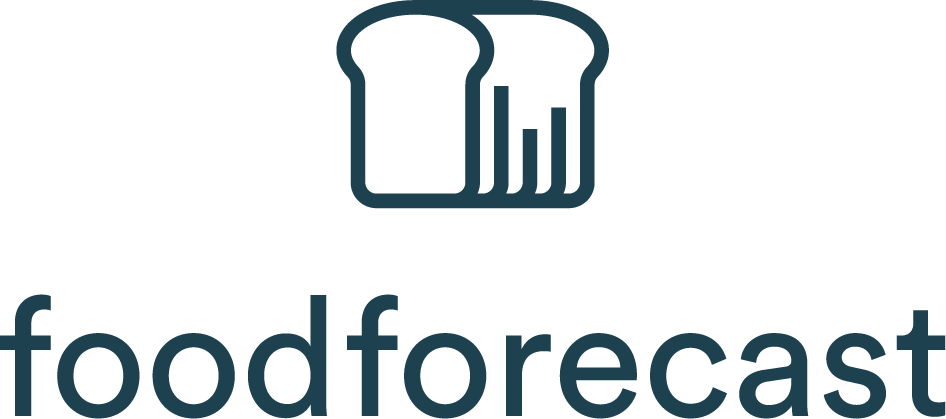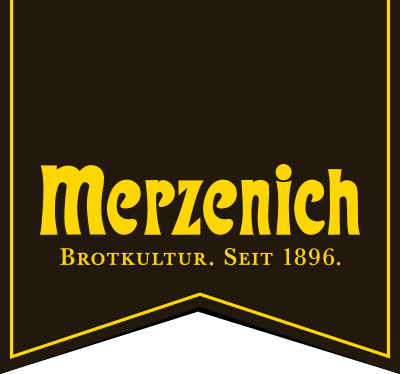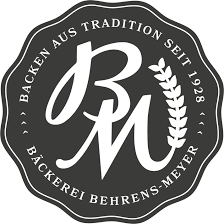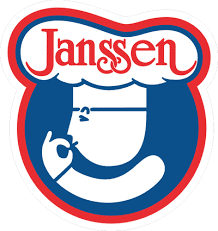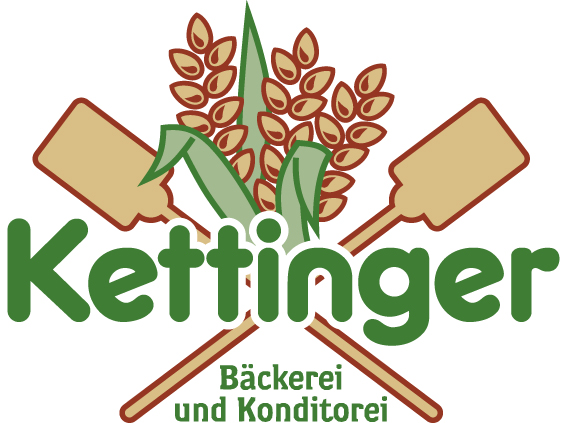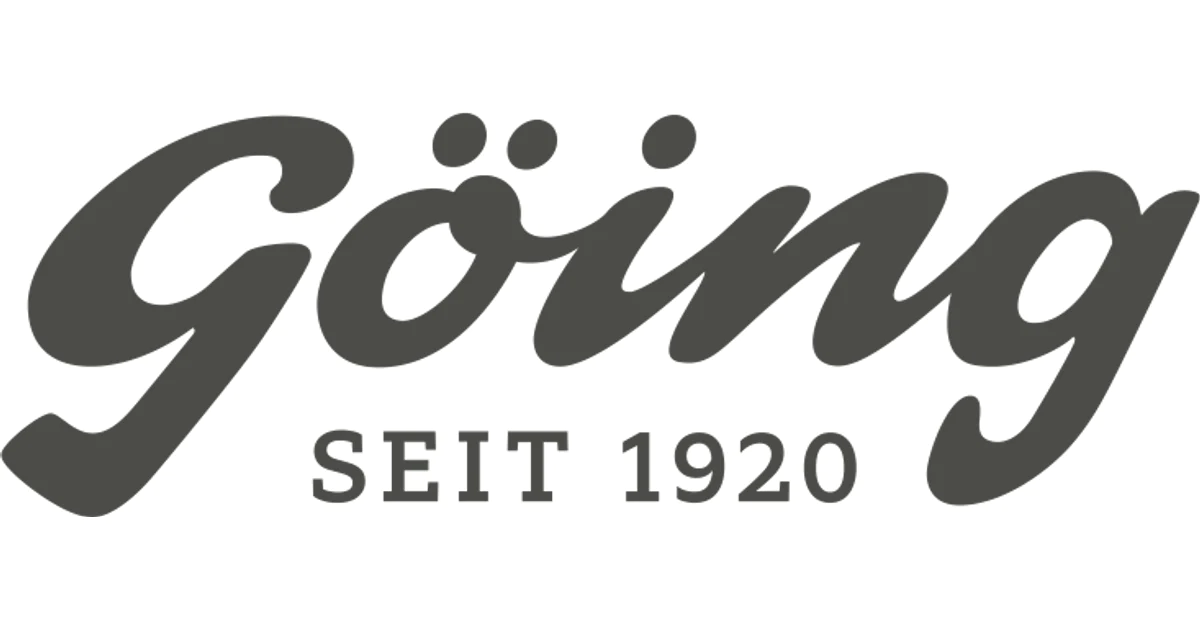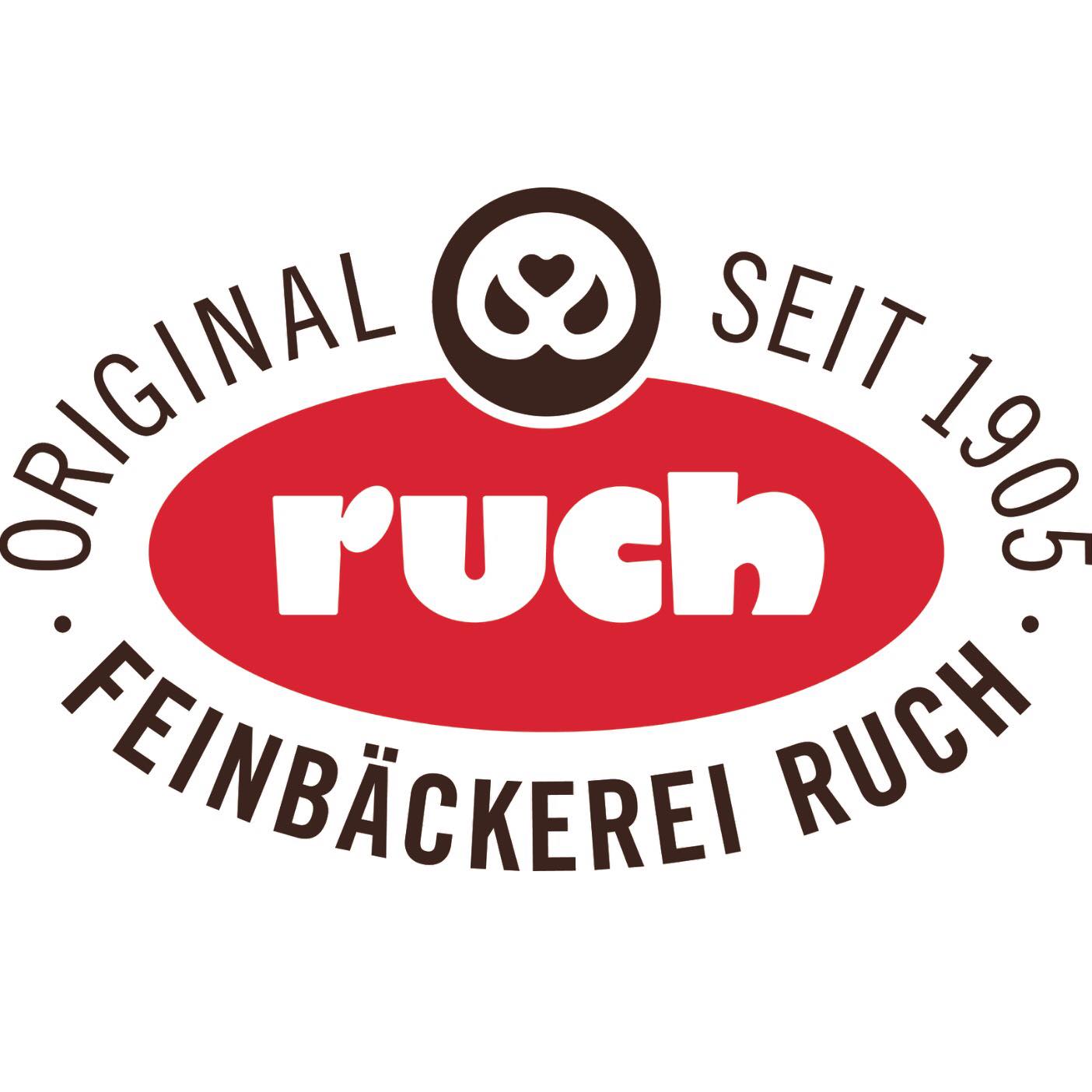What is merchandise planning?
Merchandise planning refers to the planning and control of inventories in a company. The primary goal is to ensure the continuous availability of goods in order to meet customer needs and minimize storage costs at the same time. Particularly in the dynamic environment of merchandise planning in the retail sector, precise inventory management is crucial for business success.
What are the tasks and objectives of merchandise planning?
Typically, merchandise planning includes the following tasks:
- Requirements planning: Future goods requirements are determined on the basis of past sales data, forecasts or current orders.
- Order proposals: Based on the requirements planning, order proposals are then created for the procurement of goods in order to keep stock levels at an optimum level.
- Order processing: Once the order proposals have been approved, the orders are placed with suppliers and the receipt of goods is monitored.
- Stock monitoring: Continuous monitoring of stock levels and, if necessary, initiation of measures to reduce or increase stock.
- Supplier management: Maintaining relationships with suppliers to ensure on-time deliveries and favorable purchasing conditions.
Where can I find a merchandise planning system?
Merchandise planning is used across all industries and is essential in any environment with stock and goods movements. In retail in particular, merchandise planning is indispensable for efficiently managing sales areas, controlling replenishment processes and optimally planning product range depth.
- Retail: Classification of products by sales share (A class) to identify the most important items and by consumption frequency (C class) to develop a differentiated inventory strategy.
- Food industry: Inventory planning is particularly important in the food industry due to the perishability and seasonal fluctuations of food. It involves the precise planning of stocks in order to minimize food waste while ensuring the freshness of products.
- Logistics and distribution: In logistics, merchandise planning is used to efficiently manage the flow of goods along the supply chain. This includes the optimization of warehouse stocks, the planning of transports and the coordination between suppliers and customers.
- Production and manufacturing: In production, materials planning supports the timely provision of raw materials and materials for production. This ensures a smooth production process and minimizes interruptions due to material bottlenecks.
- Catering and hotel industry: In the catering industry, merchandise planning plays an important role in the inventory management of ingredients and supplies for the preparation of food. It helps kitchens to plan their menus efficiently and ensure the availability of the required food.
- Healthcare and pharmaceuticals: In the healthcare and pharmaceutical industry, replenishment is crucial for the management of medicines and medical devices. It includes compliance with strict regulations and quality standards as well as ensuring the availability of vital materials.
What is the importance of merchandise planning?
Efficient merchandise planning not only ensures optimum optimum availability of goodsbut also reduces storage and ordering costs. In retail merchandise planning, this means fewer stock-outs, less capital tied up and improved customer satisfaction thanks to consistently available products.
In addition, merchandise planning is crucial for ensuring customer satisfaction by ensuring that the right products are available at the right time. This promotes customer loyalty and sales growth.
In view of globalization, effective merchandise planning also enables a flexible and responsive supply chain that can react quickly to changes in demand or supply problems.
By complying with quality and safety standards, particularly in sensitive sectors such as food and pharmaceuticals, it also contributes to consumer health and strengthens trust in the brand.
How can merchandise planning be optimized?
Merchandise planning is optimized using various methods such as ABC analysis, EOQ and digital systems. In retail, the combination of real-time data, automated order suggestions and seasonally adapted planning plays a key role in agile and market-oriented inventory management.
- ABC analysis: Classification of products by sales share (A class) to identify the most important items and by consumption frequency (C class) to develop a differentiated inventory strategy.
- Just-in-Time (JIT) and Just-in-Sequence (JIS): Strategies aimed at minimizing stock levels through precise coordination of production and delivery processes while ensuring the availability of goods.
- Economic Order Quantity (EOQ): Calculation of the optimal order quantity that takes into account both ordering costs and storage costs in order to minimize overall costs.
- Kanban systems: Visual control method that makes it possible to regulate the material flow in production through the feedback of consumption data and to control inventory levels.
- Cross-docking: Direct transfer of incoming goods from the unloading station to the dispatch area to minimize stock levels and shorten throughput times.
What does merchandise planning look like in the food industry?
Merchandise planning in the food industry encompasses the planning, procurement, storage and control of food along the entire supply chain. It plays a crucial role in guaranteeing the continuous availability of products, ensuring product quality and optimizing costs at the same time. The following aspects are of great importance:
- Requirements planning and demand forecasts: Requirements and future demand forecasts are created based on historical sales data, seasonal trends, consumer behavior and other influencing factors. This enables precise planning of order quantities and times.
- Procurement and supplier management: Selecting and maintaining supplier relationships are crucial for ensuring product quality and delivery reliability. Sustainable procurement practices, such as the consideration of environmental and social criteria, are becoming increasingly important.
- Warehousing and inventory management: Efficient warehouse management involves making optimum use of available storage space, maintaining the right storage conditions (temperature, humidity, hygiene) and minimizing inventories in order to reduce capital commitment.
- Quality control and food safety: Strict quality standards and hygiene regulations are essential to ensure the safety and quality of food. Regular inspections and controls are necessary to minimize risks and meet legal requirements.
- Sustainability and environmental aspects: The food industry faces the challenge of promoting sustainable practices to reduce environmental impact. This includes the use of environmentally friendly packaging, the reduction of food waste and the promotion of circular economy approaches.
- Use of technology and digitalization: Modern technologies such as ERP systems (Enterprise Resource Planning), IoT (Internet of Things), artificial intelligence and data analysis are playing an increasingly important role in the optimization of merchandise planning. They enable real-time monitoring, inventory management and predictive analytics for more precise planning and decision-making.
Request a callback
We will be happy to call you back promptly to talk to you personally
